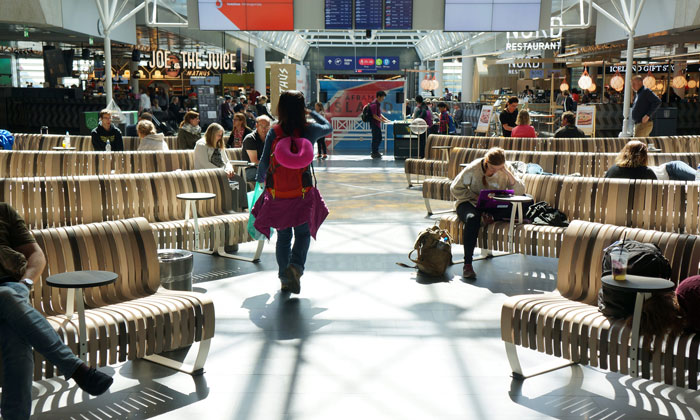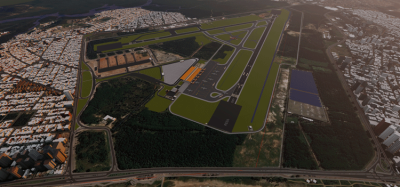Maximising airport seating capacity while ensuring customer satisfaction | Interview with Johan Berhin
- Like
- Digg
- Del
- Tumblr
- VKontakte
- Buffer
- Love This
- Odnoklassniki
- Meneame
- Blogger
- Amazon
- Yahoo Mail
- Gmail
- AOL
- Newsvine
- HackerNews
- Evernote
- MySpace
- Mail.ru
- Viadeo
- Line
- Comments
- Yummly
- SMS
- Viber
- Telegram
- Subscribe
- Skype
- Facebook Messenger
- Kakao
- LiveJournal
- Yammer
- Edgar
- Fintel
- Mix
- Instapaper
- Copy Link
Posted: 25 May 2017 | Roy Manuell | Junior Editor | 1 comment
How might an airport maximise seating capacity while ensuring customer satisfaction? Johan Berhin, Designer and Founder of Green Furniture Concept investigates…


Is it possible to increase the seating density while making the area more appealing, leaving the passengers more satisfied at the same time? New types of airport seating challenge the traditional and offer architectural capabilities at the same time.
So Johan, how important is airport seating to ensuring passenger satisfaction?
In the commercial areas, offering a free and easy place is a positive way of keeping passengers where they mean business. This gives them a place to take their breath, to realise that they have time. By shopping malls it’s been shown that another minute means 3% increased sales, something to learn from also by airports.
I would also distinguish two basic airport seating types. There is traditional airport seating with individual seats, that will pretty much pass unnoticed by the passengers as differences between different suppliers and models are relatively small. They have the seating function, no more, no less.
Then there is architectural seating, made as formations in scale with the room, and that stick out of the ordinary, having local specific shapes or configurations. Architectural seating will bring out the airport brand and contribute to the local sense of place. If made well it will be memorable and will give a sense of well being.
For this sense of well being, the general impression of the area is actually more important than the comfort of the seating supplied, and as an airport you do not want people to sit too long anyway – the time for people to gather their thoughts, open their minds and look is around is the effect that will effect the airport business.
How can airports deal with seating an increasing number of passengers while ensuring their satisfaction?
The trick is increasing the seating density and making the area more appealing. And yes, that is possible using seamless seating design with organic shapes and natural materials, this has been shown at for example Dublin Airport T1, Keflavik International Airport on Iceland and Edinburgh Airport.
Could you speak a little more about your collaboration with Edinburgh?
Edinburgh Airport is currently testing Green Furniture seamless seating in their commercial area gates, increasing their number of seats by 44% on the same surface, which means less than 0,9 square meters per seat. And this with raised satisfaction rates and increased sales around the area shown by the pilot project at gates 10-11.
Can green furniture provide a sustainable future while improving passenger satisfaction? Is this a realistic avenue we can take as an industry moving forward? As ever, we’d love to hear from you and feel free to post your comments below… It is clear that the sustainable furniture concept is an exciting one. To find out more, visit Green Furniture Concept’s website.
Related topics
Passenger experience and seamless travel, Retail, Sustainability, Sustainable development, Terminal operations
Related airports
Dublin Airport, Edinburgh Airport (EDI), Reykjavik Keflavik International Airport (KEF)


















An interesting read and products by GFC